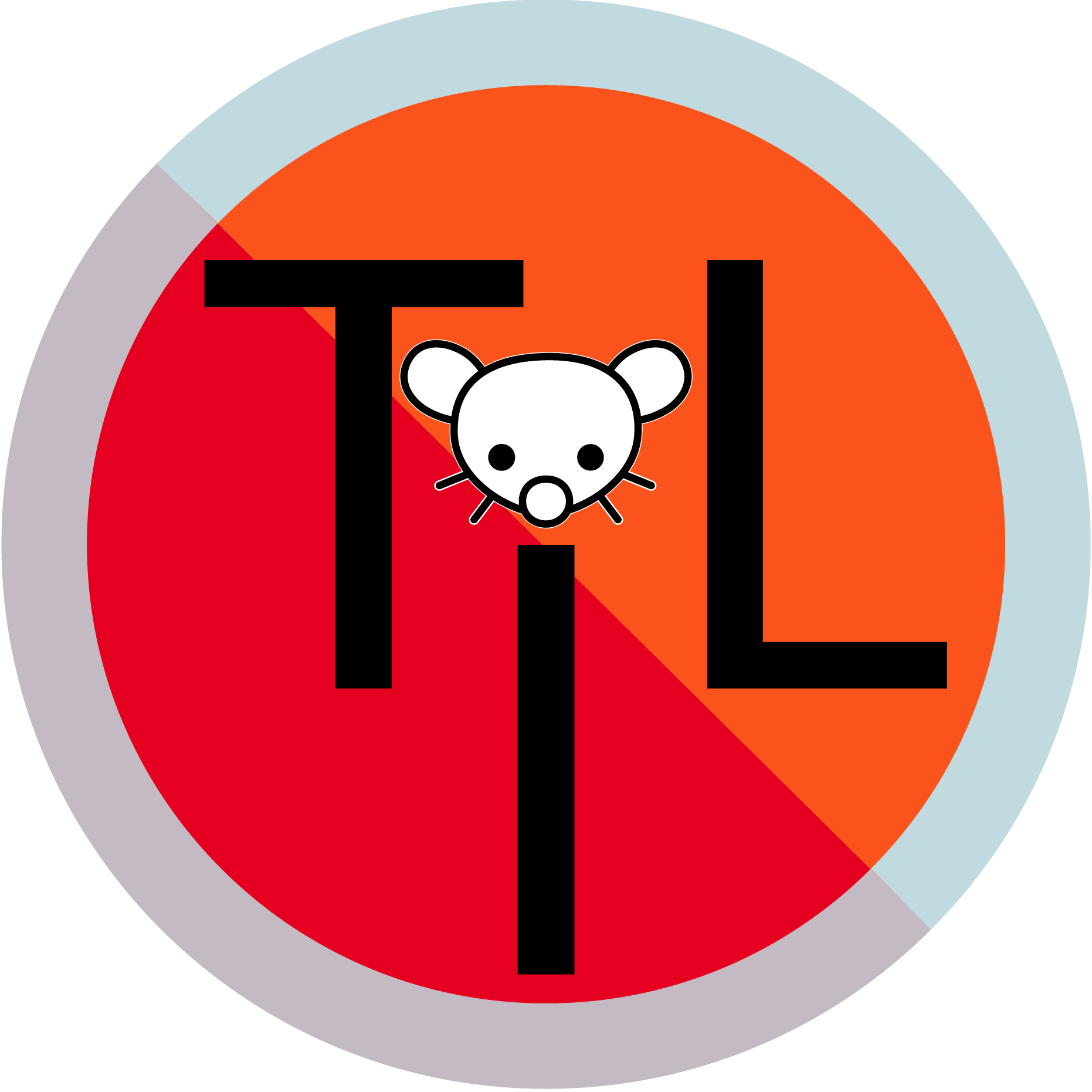

I’m a software developer and my company is piloting the use of LLMs via Copilot right now. All of them suck to varying degrees, but everyone’s consensus is that GPT5 is the worst of them. (To be fair, no one has tested Grok, but that’s because no one in the company wants to.)









Sadly, there are some who don’t even know it, because they’re buying services from someone else that buys them from someone else that buys them from Amazon. So they’re currently wondering what the fuck is even going on, since they thought they weren’t using AWS.